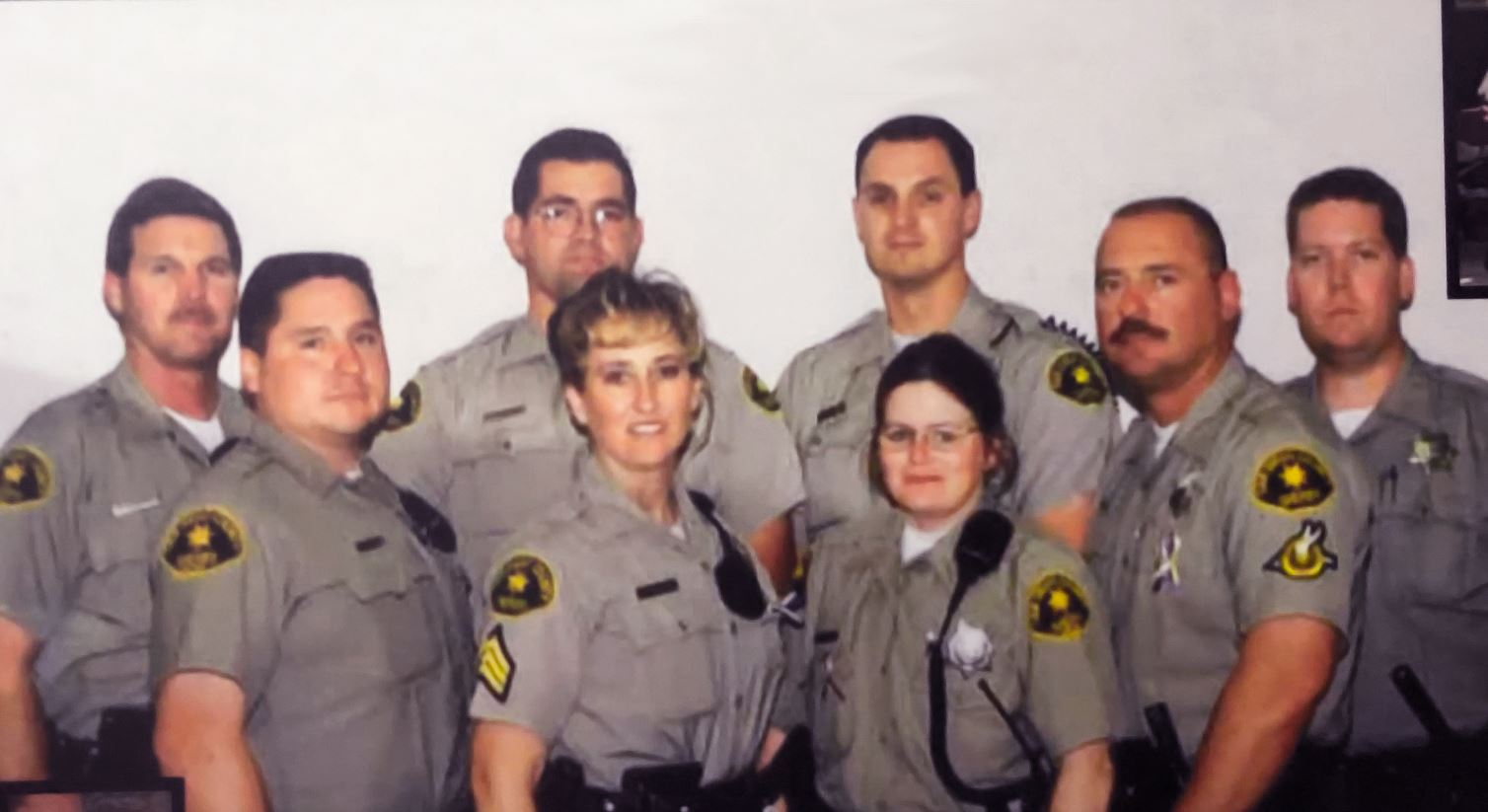The gunman in the Santana High School shooting 23 years ago has been denied parole. NBC 7’s Jackie Crea reports on Sept. 10, 2024.
A middle-aged man who was a teenager when he killed two students and wounded more than a dozen others at Santana High School in 2001 was denied parole during a hearing on Tuesday.
Several people affected by the mass shooting more than 20 years ago attended the parole hearing for Charles "Andy" Williams, who was 15 years old when he carried out the shooting on March 5, 2001.
Previous coverage:
"At his initial suitability hearing on Sept. 10, 2024, Williams was denied parole for three years," a spokeswoman for the California Department of Corrections and Rehabilitation (CDCR) said in a statement sent out on Tuesday afternoon.
Get top local stories in San Diego delivered to you every morning. Sign up for NBC San Diego's News Headlines newsletter.
After impact statements and deliberations behind closed doors in the afternoon, all of which took more than eight hours, the board rejected Williams' request, saying he was unsuitable for parole due.
San Diego County District Attorney Summer Stephan praised the board's decision.
"I'm grateful to the Parole Board for listening to the victims in this case whose lives were forever changed by the defendant's premeditated and cruel acts that terrorized an innocent school campus," Stephan said in part of a statement.
Killed in the attack were 14-year-old Bryan Zuckor and 17-year-old Randy Gordon. The shooting also injured 11 other students and two school staff members.
Those injuries don't take into account the lifelong impacts survivors like Lauren Bachmann have suffered. The shooting happened on her 16th birthday.
"Loud noises really startle me," Bachmann said. "Even just the smallest things day to day, like I said, if I see a shooting, I'm paralyzed."
Williams pleaded guilty in 2002 and was sentenced to life with the possibility of parole for first-degree murder and attempted first-degree murder, with enhancements for intentional discharge of a firearm causing great bodily injury or death and for inflicting great bodily injury, according to the CDCR. He was sentenced to 50 years to life in state prison before a change in state law altered how juveniles tried as adults come up for parole.
The Youthful Parole law means juveniles who receive life sentences are entitled to parole hearings no later than 25 years into their sentences.
"I think it sends a horrible message to potential mass shooters in the future," Bachmann said. "I think if you commit a crime when you're 15, you'll only serve maybe 25, 30 years, and then you'll get out, so really, there's not a harsh penalty for being so monstrous, even at a young age."
Kristen Dare was among the survivors who started an online petition to keep the gunman locked up.
"He was given a sentence, and he hasn't served that time," Dare said. "I think really it comes down to justice for the two boys, you know. Bryan and Randy aren't here to advocate for themselves, and, you know, we really need to be the ones that speak up for their behalf."
As a result of the shooting, the mother of two opted to send her children to neighboring West Hills High instead of Santana.
"Our home was at Santana, so it's very bittersweet that, you know, we didn't feel enough of a comfort level to even send our own kiddos there," Dare said.
Dare and Bachmann were among the survivors who shared virtual victim impact statements with the state parole board on Tuesday.
"I think about my classmates that don't have a voice — Randy and Bryan — that don't get a say in [Tuesday's] hearing, and then I have a lot of classmates that have succumbed to addiction or death from addiction or suicide," Bachmann said.
The shooting at Santana High School happened nearly two years after the deadly shooting at Columbine High School in Colorado.
First responders said the shooter at Santana was inside a bathroom with two wounded students when they arrived at the scene. It was later learned that the shooter was reloading a gun to step outside the bathroom to fire the weapon.
When patrol deputy Ali Perez rounded the corner, the gunman calmly surrendered.
“He was really calm, and I’ll never forget this as long as I live. He was really calm, and he kind of smiled, and said, 'It’s just me, I’m the only one,'” Perez said.
The shooting changed the way San Diego law enforcement agencies respond to mass casualty events. The Immediate Action, Rapid Deployment (IARD) made it standard practice for any law enforcement agency to enter a critical incident scene as soon as possible with the objective of finding and stopping the threat with the least amount of force.



